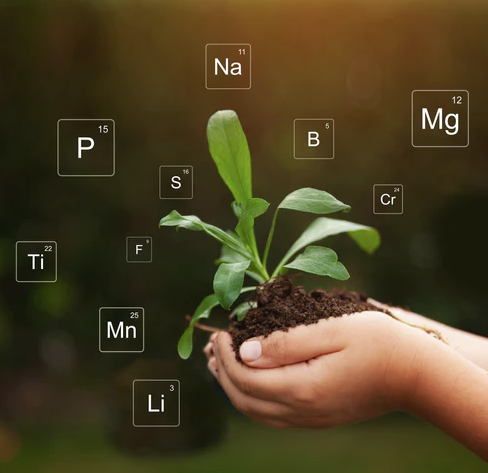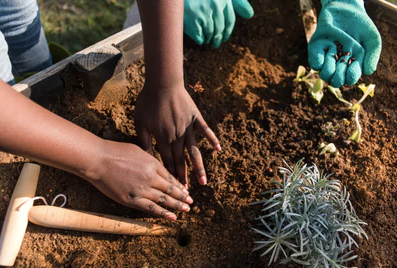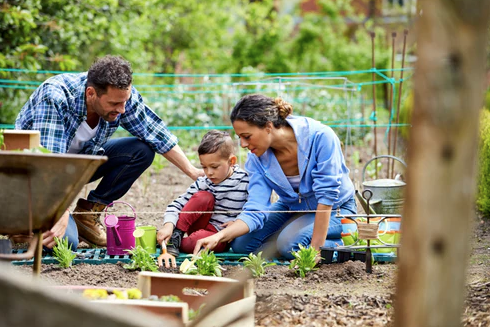Gardening is not only a rewarding hobby but also an opportunity to give back to the environment. Regenerative gardening is an approach that goes beyond conventional gardening practices and focuses on building healthy soil and promoting biodiversity. By incorporating concepts such as Terra Preta, mycorrhiza, and living soil, you can create a thriving garden that is both beautiful and sustainable.
What is Regenerative Gardening?
Regenerative gardening is a holistic approach to gardening that aims to restore soil health, promote biodiversity, and increase resilience to climate change. Unlike conventional gardening practices that rely on synthetic fertilizers, pesticides, and herbicides, regenerative gardening focuses on building healthy soil using natural methods. By improving soil health, regenerative gardening creates a self-sustaining ecosystem that is more resistant to pests, diseases, and extreme weather conditions.
Terra Preta: The Secret to Healthy Soil
Terra Preta is a type of soil that was created by indigenous Amazonian tribes over 2,000 years ago. It is a highly fertile soil that is rich in organic matter and beneficial microorganisms. Terra Preta is created by combining charcoal, animal bones, and other organic materials in a process called pyrolysis. This process creates a soil that is resistant to erosion, stores carbon, and promotes plant growth. Earthshine is the closest analog to the ancient Terra Preta soils that the ancients made. Our company makes this product to pay homage to the original regenerative farmers.
Mycorrhiza: The Fungal Network of the Soil
Mycorrhiza is a symbiotic relationship between fungi and plant roots. The fungi form a network of threads in the soil that can extend up to hundreds of meters. This network connects plants and allows them to share nutrients, water, and information. Mycorrhizal fungi also play a key role in soil health by breaking down organic matter and improving soil structure. By promoting mycorrhiza in your garden, you can improve plant growth, reduce water stress, and increase resistance to diseases. Our company makes a very potent mycorrhiza product called Greengro Granular plus, and we would love for our readers to try it in their garden!
Living Soil: The Foundation of Regenerative Gardening
Living soil is the foundation of regenerative gardening. It is a type of soil that is alive with microorganisms, fungi, and beneficial bacteria. Unlike conventional gardening practices that rely on synthetic fertilizers and pesticides, living soil is self-sustaining and requires minimal inputs. By promoting living soil in your garden, you can create a healthy ecosystem that supports plant growth and biodiversity.
How to Incorporate Regenerative Gardening Practices in Your Garden
If you want to incorporate regenerative gardening practices in your garden, start by focusing on improving soil health. Add Terra Preta or other organic matter to your soil to increase nutrient levels and improve soil structure. You can also promote mycorrhiza by avoiding the use of synthetic fertilizers and pesticides and planting a diverse range of plants. Finally, focus on promoting living soil by avoiding soil compaction and adding compost or other organic matter to your garden regularly.
By incorporating regenerative gardening practices in your garden, you can create a healthy and sustainable ecosystem that supports plant growth, biodiversity, and environmental health.



Leave a comment
This site is protected by hCaptcha and the hCaptcha Privacy Policy and Terms of Service apply.